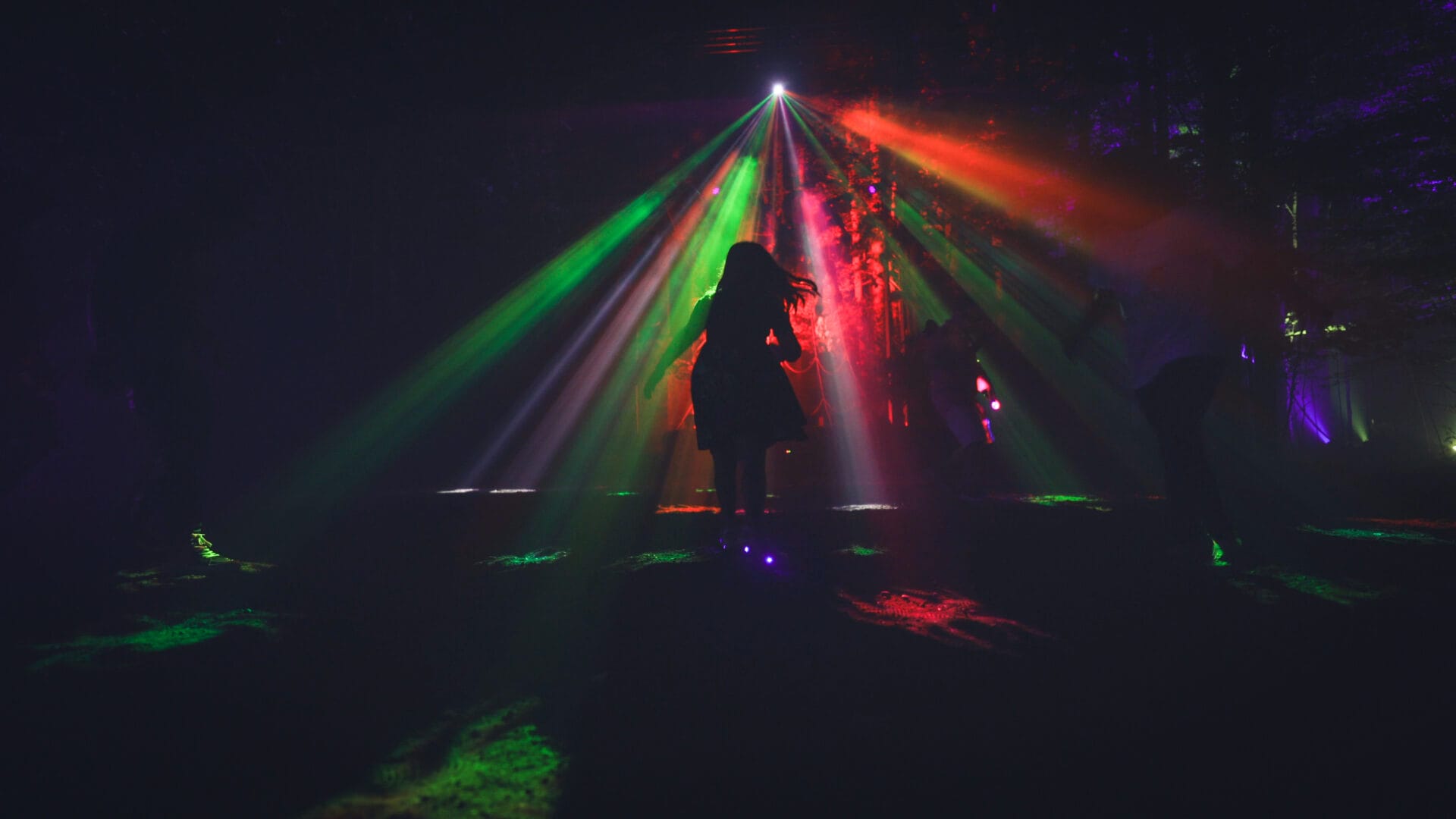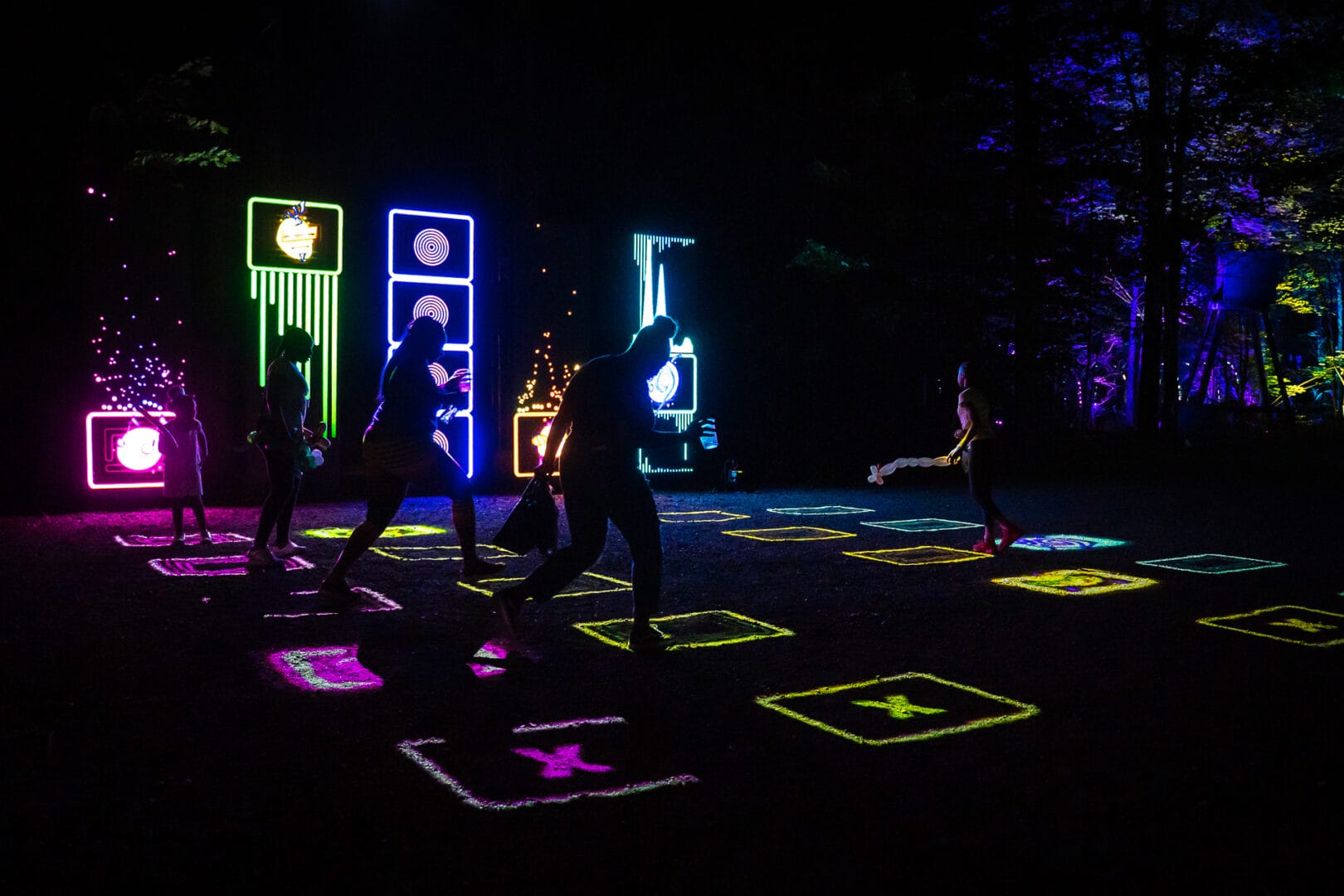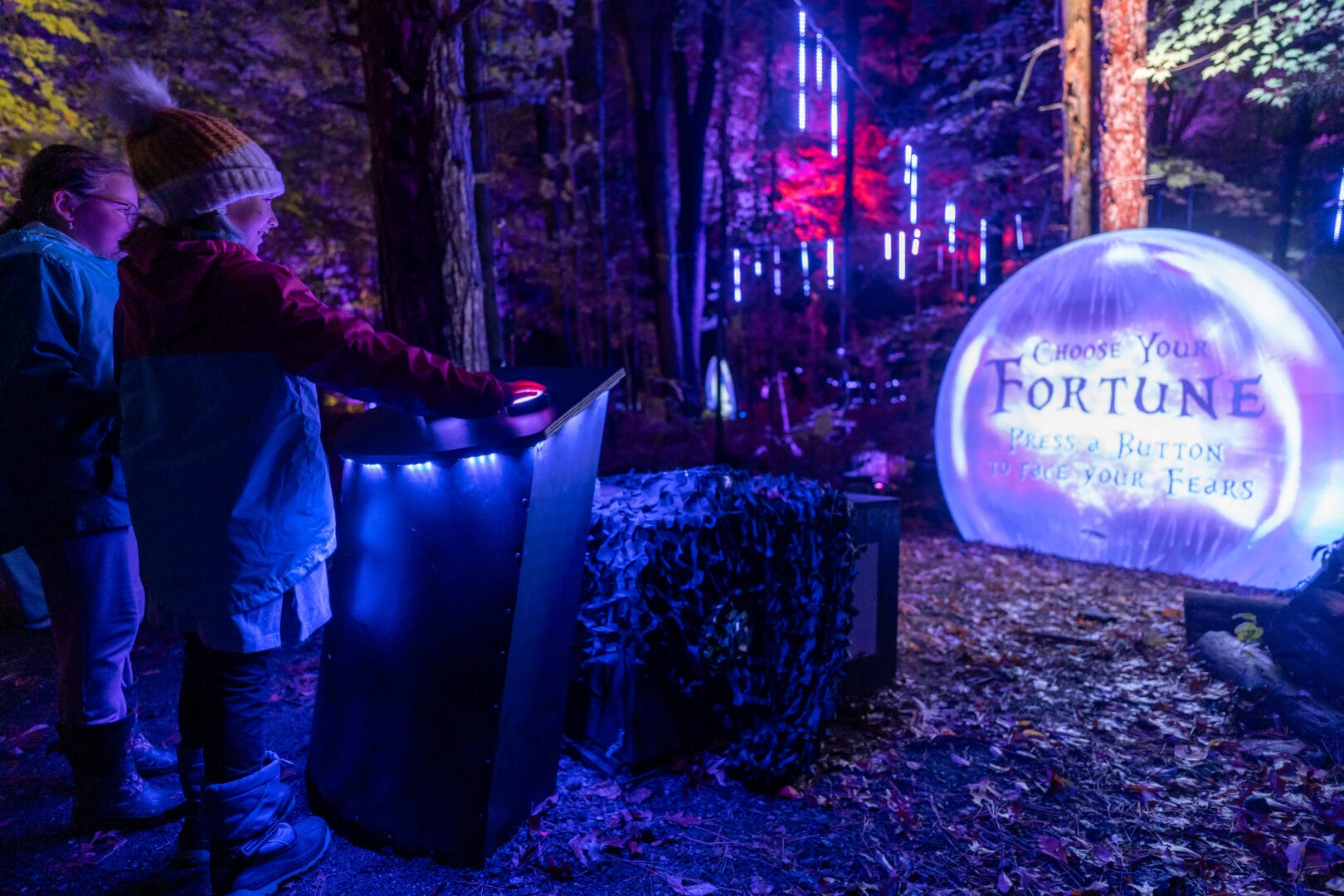Mastering the art of night-time photography can be a challenge, especially when faced with constantly changing lighting. We gathered insights from Brandon Obenour, an experienced photographer with a keen eye for night photography, who has worked in challenging settings like Glenlore Trails, known for its constantly changing lighting, vivid LED walls, and bustling crowds. Brandon not only endorsed the following tips but also shared a few of his own. Keep reading for a few essential tips for shooting in challenging night-time environments.
Choose the Right Gear
Before you head out for a night shoot, ensure that you have the right equipment. A sturdy tripod is a must-have as long exposure times are often necessary for low-light photography. Use a camera with manual settings to have more control over your shots and consider a fast prime lens with a wide aperture (e.g., f/1.8 or f/2.8) to allow more light into your camera.
Master Manual Mode
To capture the dynamic nature of LED lights at night, you need to shoot in manual mode. Adjust your ISO, aperture, and shutter speed to get the perfect exposure. A low ISO (e.g., 100-400) is ideal for noise reduction, while a wide aperture (low f-number) lets in more light. Your shutter speed will depend on the specific lighting conditions, but long exposures (several seconds or more) often work well for capturing the play of lights.
Find the Ideal Composition
Scout the location to identify interesting angles, patterns, and compositions. The changing LED lights can create mesmerizing scenes, so take your time to frame your shots thoughtfully. Experiment with different perspectives, including low angles and leading lines to guide the viewer’s eye through the image.
White Balance Settings
Given the ever-changing LED lights, setting your camera’s white balance manually is crucial. Often, the “Tungsten” or “Incandescent” preset can balance the warmer tones of LED lights nicely. However, don’t be afraid to experiment with different settings and bracket your shots to see what works best.
Use a Remote Shutter Release
To prevent camera shake during long exposures, use a remote shutter release or your camera’s built-in timer. This will ensure sharp and crisp images even in low light conditions.
Focus Manually
In challenging lighting conditions, it’s often best to focus manually. Use your camera’s live view to magnify the scene and adjust the focus ring until the image is sharp. You can also use a flashlight to help you find a focus point on a specific area of the LED lights.
Embrace Post-Processing
Post-processing is your friend when shooting at night with changing lighting. Use software like Adobe Lightroom or Photoshop to fine-tune your images. Adjusting exposure, contrast, and color balance can help bring out the full beauty of your shots. Brandon added an additional piece of advice:
Try experimenting with HDR (High Dynamic Range) exposure bracketing to balance the bright lights of the LED with the darker subjects in the scene.

Photo by Brandon Obenour | Glenlore Trails
Experiment with Different Shutter Speeds
Don’t be afraid to experiment with various shutter speeds to capture the different effects of changing lights. Slower shutter speeds can create beautiful light trails and abstract patterns, while faster speeds can freeze moments of intense brightness. Brandon offered one additional tip when it comes to shutter speeds:
LED displays can have different refresh rates, experimenting with different shutter speeds will help to limit any “banding” or “moiré.”
Capture People and Movement
If you’re shooting in a setting with dynamic lighting, consider including people or objects in your composition. Their movement and interaction with the lights can add a unique and dynamic element to your photos.
Be Patient and Stay Flexible
Nighttime photography with constantly changing LED lights requires patience and adaptability. Be prepared to make adjustments on the fly, waiting for the perfect moment when the lights align to create a captivating image.
If you find yourself looking for a partner in creativity, innovation, and storytelling to help bring your creative vision to life, look no further. Bluewater’s creative services team is a one-stop solution, offering a wide range of services, including photography, video production, content creation, art direction, scenic design, and much more. Contact us today to get started.
Brandon is an Interactive Designer and Photographer for Bluewater. He also co-owns Blowflower Creative with his wife Lindsay.













